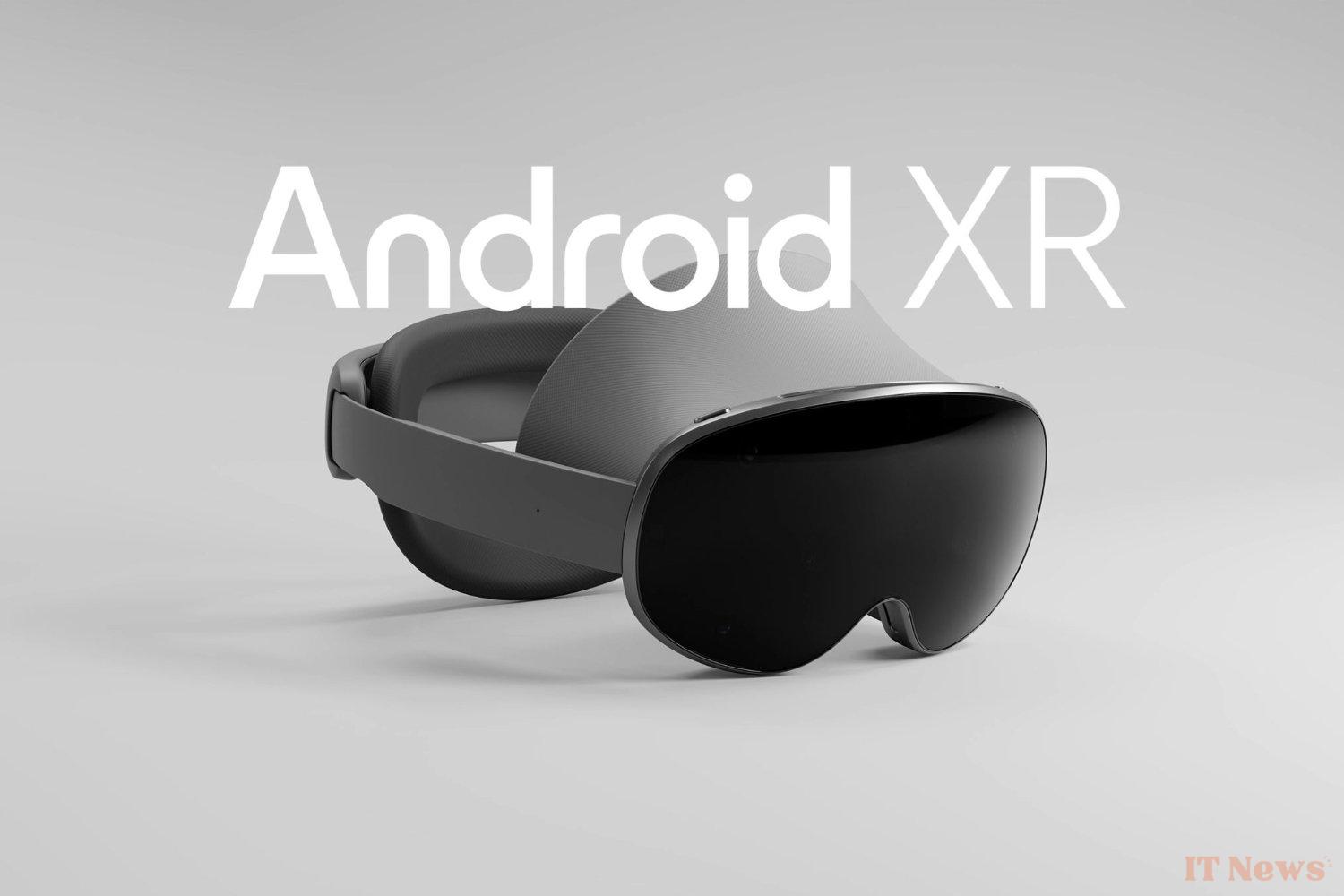At I/O, Google made a major announcement, marking the return of the Mountain View giant to a territory it had deserted for nearly 10 years, after the failure of the first Google Glass. This time, the strategy seems much more mature, structured around solid partnerships, advanced integration of its AI assistant Gemini, and a clear desire to create a truly open alternative to the proprietary systems of Apple and Meta.
Android XR: the new ecosystem
Android XR aims to be a complete ecosystem, designed from the outset for augmented, virtual, and mixed reality devices. At the crossroads between smartphones, smart glasses, and immersive headsets, this new version of Android is designed for hands-free, contextual, and visual uses, based on multimodal interaction: voice, sight, gesture, and space. This is where artificial intelligence fully enters the picture: Gemini, Google's AI assistant, plays a central role in the user experience.
Several devices were presented to illustrate the ambitions of this platform. The most anticipated is undoubtedly the XR headset co-developed with Samsung, known as Project Moohan. Expected sometime in 2025, this headset focuses on a high-end immersive experience, with hand and eye tracking, real-time graphics, and native integration of Gemini to interact with the digital environment. It is positioned as a direct competitor to the Apple Vision Pro, but with the advantage of a more open Android ecosystem, including for existing apps from the Play Store.
Another notable product: the connected glasses from Project Aura, developed with Xreal, a Chinese player already active in the field. They offer a lighter, more everyday approach to XR, with semi-transparent lenses, integrated cameras, microphones, and a minimalist interface. Their promise? Live translation of a conversation, route guidance, display contextual notifications, or even take photos, all without taking out your smartphone. Demonstrations have highlighted their ability to understand the scene being observed and react intelligently, particularly through object recognition or viewing information about a real-world element.
Google isn't stopping there and is aiming for a wider range of smart glasses with the help of brands like Warby Parker and Gentle Monster. The goal is to integrate Android XR into products with a mainstream design that can appeal beyond the tech-savvy niche. The approach is reminiscent of the Ray-Ban Meta, but with a more sophisticated AI layer and a richer software platform.
On the development front, Google intends to reassure content and application creators. Android XR will be compatible with already well-established tools: ARCore, Unity, OpenXR, Android Studio. This will facilitate the production of new XR experiences without starting from scratch. This strategy aims to attract independent studios and developers who are reluctant to create for more closed platforms.
In the background, this announcement also marks a clear response to Apple and Meta. On the one hand, the Vision Pro intends to redefine the personal computer through a spatial interface. On the other, Horizon OS seeks to impose a social and playful metaverse. Google, for its part, is playing the card of the intelligent, discreet, contextual, and accessible personal assistant. With Android XR, augmented reality is not a game or an extension of the desktop, but a daily, almost invisible companion that enriches reality without replacing it.
Of course, many questions remain unanswered. The precise availability of the devices, their price, the maturity of the interface, the battery life, or even the confidentiality of visual data have not been detailed. And Google, with its history of abandoned projects, will have to convince people that Android XR is not just another laboratory.



0 Comments